In water, sodium chloride, sometimes known as salt, occurs naturally.
As a necessary element, salt is important for your health because it helps with nerve and muscle function and preserves ideal blood pressure levels.
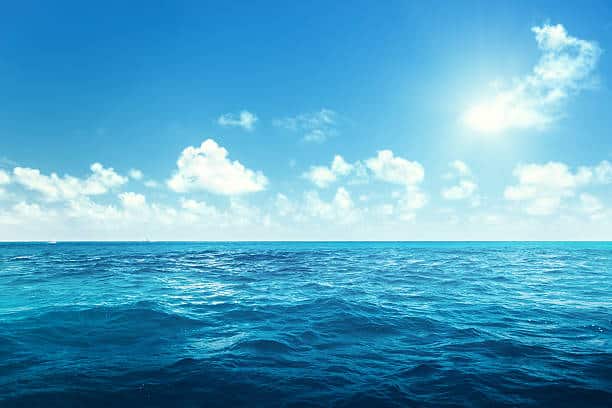
Saltwater can be converted into drinkable drinking water in a variety of methods. However, the best way to remove salt from water relies on your circumstances and resources.
Why do you need to remove salt from water?
The following factors make salt removal from water necessary:
- First, clean and fresh drinking water is produced when the salt is removed from the water.
- It makes the water usable for farming, particularly in desert areas.
- It renders the water fit for consumption.
- Removing salt from the water helps with the water issue because freshwater is scarce.
What are safe levels of sodium in drinking water?
Remember that sodium and sodium chloride are not the same; salt is made up of the chemical element chlorine and the mineral sodium. The result of this chemical reaction is sodium chloride or NaCl.
As a result, when your doctor suggests reducing your salt intake, they only imply that you are taking too much sodium.
You can taste your food’s salty when you’ve added too much of it. The salty taste is a result of chlorine. Although there is no standard for salt content in drinking water in the United States, it is generally advised to consume between 20mg/L and 270mg/L, depending on your health.
Ways to remove salt from water
Deionization
The process of reversibly exchanging sodium and chloride salts with the similarly charged ion found in water is known as deionization. This method uses acids and bases to restart the process while removing salt and other impurities through a resin. This method’s main application is the provision of highly pure water. As a result, this technique is also utilized to soften water.
Stovetop desalination
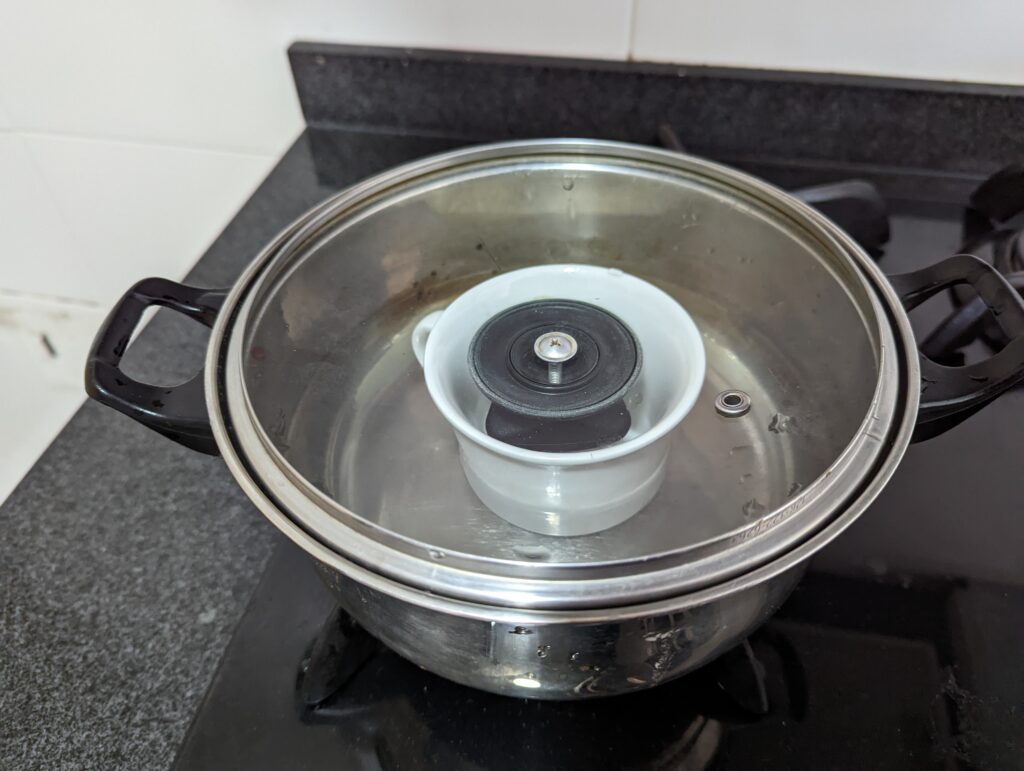
Boiling the water is the first and maybe easiest approach to eliminate it. However, salt will be left behind as fresh water evaporates and condenses on another surface due to boiling.
This process is known as desalination via evaporation. This tried-and-true desalination technique, also known as water distillation, has been used for nearly 2,000 years.
Because of this, using this method to remove the salt from the water makes it safe to drink.
One of the simplest and cleanest ways to obtain pure water is to evaporate the salt from saltwater.
The simplest tools are a big pot, a glass, and a pot lid. Take these steps:
- A tall glass or glass bowl should be placed in the center of a large pot that has been placed on heat. The glass should leave 2-3 inches (5.08-7.62cm) of room at the top so that it is not taller than the water pot.
- When the waterline of your glass is 1-2 inches (2.54-5.08cm) from the lip of the pot, stop filling it with water.
- If possible, place the pot’s cover upside-down so that the handle fits into the center of the glass. If not, wrap your pot in plastic and set a little rock or something directly above the glass. To allow the condensed water droplets to land within the glass, you need to dip above it.
- Make sure the condensation from the slowly boiling water runs to the center of the lid (or plastic wrap) and eventually drops into your cup.
- When the glass is full, turn off the heat. Your freshwater has been desalinated using evaporation to create this condensed water.
Reverse osmosis
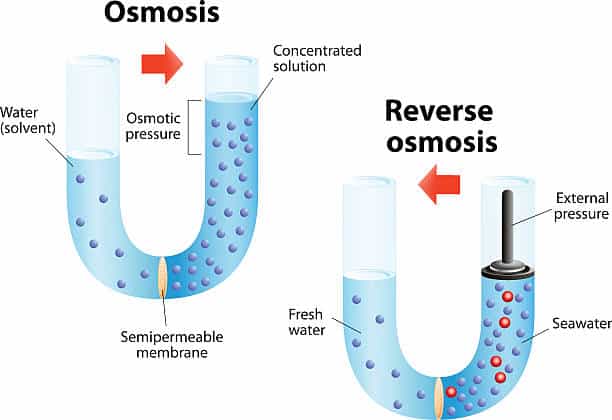
Although desalination by evaporation is the most traditional method of converting saltwater to freshwater, there is a more recent and effective method. Most desalination facilities employ reverse osmosis since it is a novel method that is significantly more affordable than other desalination methods.
Water is filtered by reverse osmosis by forcing it through a membrane under pressure. The membrane purges the water of chemicals, nutrients, bacteria, viruses, and salt. In addition, these membranes can clean the water and convert salt water into potable water.
Solar still desalination
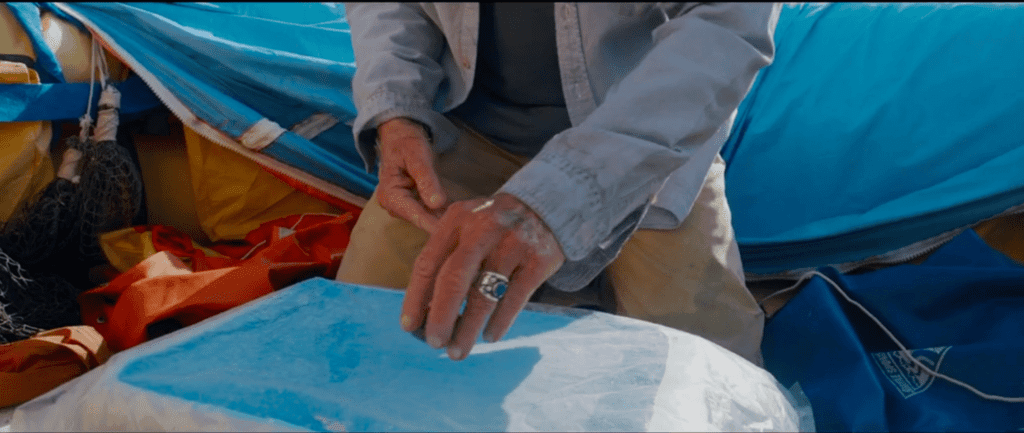
Have you seen Robert Redford’s movie “All is Lost?”. You could rely on the sun to desalinate your water if you are on an island. Since solar desalination has been used for many years, it is one of the most dependable processes for converting seawater to potable water. The following are the stages of building the solar still desalination:
- Make a large put in the earth. Check to see if it will fit a huge bowl or water tank. Your hole will need to be bigger, the bigger the water container.
- At the bottom of the put, put a bowl or water tank. The condensed water will be collected in this container.
- Put a plastic sheet or tarp over your pit to protect it. Don’t stress about closing it too firmly.
- A rock or other small object is placed above your water tank, in the center of the plastic covering. This protrusion will ensure that the condensed water drips into your tank and flows to the center.
- Put water in the pit. Ensure that none of the saltwater reaches the water container. No more than 1-2 inches (2.5 -4.08cm) below the top edge of the water container should you fill your pit with the material.
- Keep the solar still for a few days or overnight. Then, in 12 to 24 hours, you ought to have access to clean drinking water.
Remember that this procedure takes a lot of time. Therefore, you’ll need to be persistent and remember that the sun can only help you desalinate water to a certain extent and that this procedure requires a warm climate to be successful. Due to this, solar still may be useful if you find yourself stranded amid a desert or on an island, but not if you reside somewhere with severe winters.
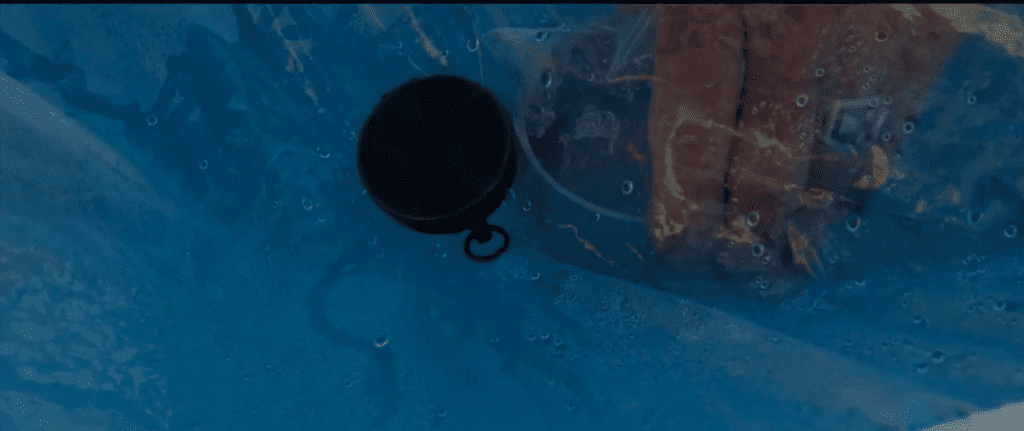
Plastic bottles and soda can desalinate.
Pots and pans may not be available if you are in a survival situation and need to desalinate water. It’s possible that you won’t even have a cup to use in your solar desalination plant.
One of the best things you can do in survival scenarios is to be inventive and have a variety of strategies.
You only need a plastic bottle and a soda can to convert salt water into drinkable water. If you come across one of these, you ought to be able to desalinate the water such that you can drink it.
Follow these instructions to desalinate water using a plastic bottle and soda can:
- Take the biggest bottle of plastic you can locate.
- A sharp knife or pair of scissors should be used to remove the bottle’s bottom. Use the sharpest instrument you can find if neither a knife nor a pair of scissors is nearby.
- Use a knife or scissors to remove the top from a soda can you can find.
- To create an interior gutter, turn the plastic bottle’s bottom inside.
- Put salt water in your soda can, then set the plastic bottle on top. A dry moat-like inner gutter can surround your soda on your water bottle.
- Affix your desalination plant to a sunny location. The saltwater will rub your plastic bottle’s inner edges as it evaporates.
- Before consuming anything, let the inside gutter fill up completely.
- Repeat the process by adding extra saltwater to your Coke can.
It will take time to desalinate water using a plastic bottle, much like the solar still approach. Patience and avoiding saltwater at all costs are the most crucial factors.
Forward osmosis
Like reverse osmosis, forward osmosis purifies water by removing pollutants like salt using a membrane. However, forward osmosis uses gravity to force water through the membrane rather than pressure to filter it.
Because of its moderate intensity, forward osmosis is frequently preferred by large industrial wastewater treatment facilities. In addition, forward osmosis water purification systems frequently cost less to install and run than reverse osmosis systems because the filters don’t rely on pressure to force water through the membranes.
Countertop water distillers
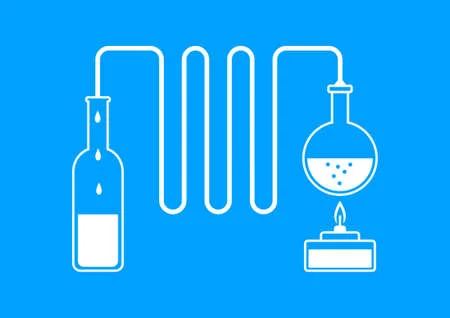
Access to clean, drinkable water at home or on the move can be made possible with the help of a countertop water distiller. In addition, you can completely automate the water desalination process with a high-quality distiller, leaving you only worrying about turning on your filter.
Although they might not be useful in the wild, electric distillers can be an excellent option if you intend to distill water at home. However, relying on an electric filter for water distillation might be dangerous because if the energy source or power fails, you will also run out of clean water.
Electrodialysis
Electrodialysis is another method for naturally removing salt from water. In contrast to osmosis, this process involves the movement of salt ions and other contaminants over an ion-exchange membrane while being influenced by an electric charge.
Although it is one of the greatest ways to remove salt, other saltwater contaminants like dirt or microscopic organisms cannot be removed with this technique. Though it is quicker, research is being done to improve it. Compared to the other approach, it can desalinate a greater volume of water.
Frequently asked questions
What are the health issues of not removing salt from water?
Lack of salt removal increases the risk of elevated insulin and blood sugar levels. In addition, some people may have high blood pressure due to it. So that you can live a healthy lifestyle, you must remove salt from water.
Do water purifiers remove the salt?
The market is filled with a variety of water filters. But unfortunately, salts from water can only be eliminated by RO water filters and other dangerous pollutants. But unless the water filter is specifically designed for saltwater, a high salt level in the water can harm it.
Conclusion
Our continuing existence depends on freshwater, a resource more valuable than gold. Therefore, we need to discover economically viable solutions to save our water supplies because they are becoming a more scarce resource.
The future lies in removing salt from existing bodies of water, but this will require technological advancement to be practical on the scale that will be needed.

Jay
Jay is a health and wellness enthusiast with expertise in water quality and nutrition. As a knowledgeable advocate for holistic well-being, Jay successfully manages Type 2 Diabetes through informed lifestyle choices. Committed to sharing reliable and authoritative insights, Jay combines firsthand experience with a passion for enhancing health."
